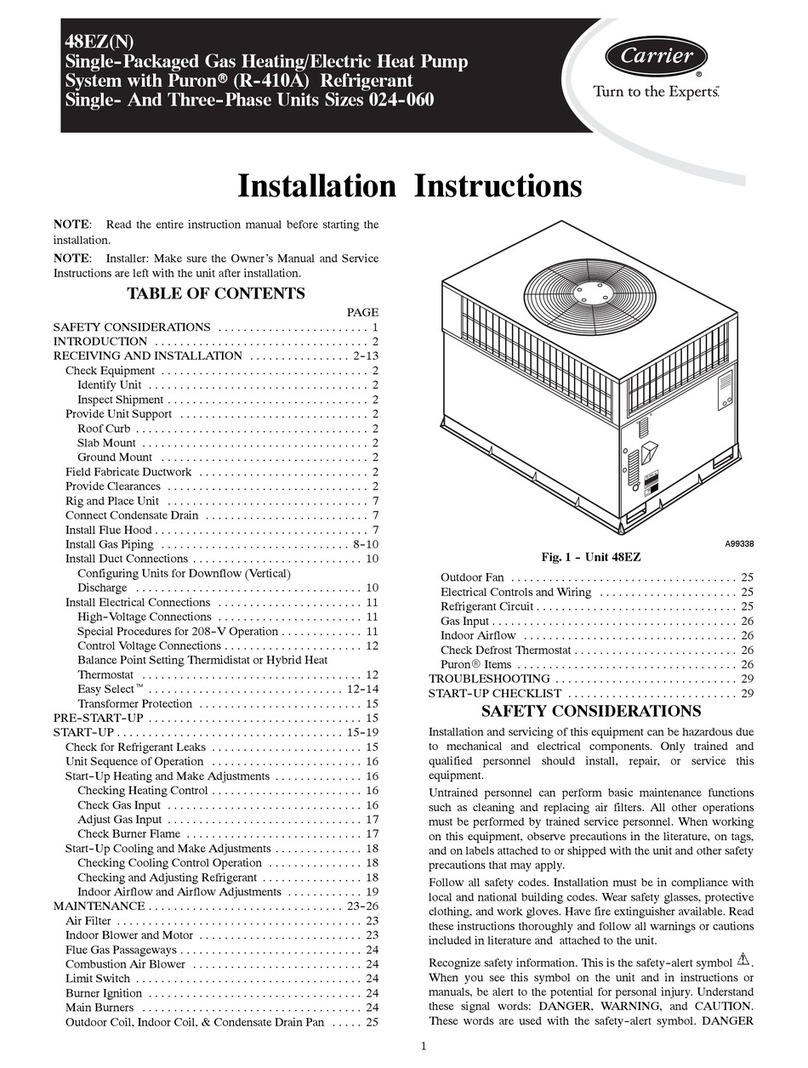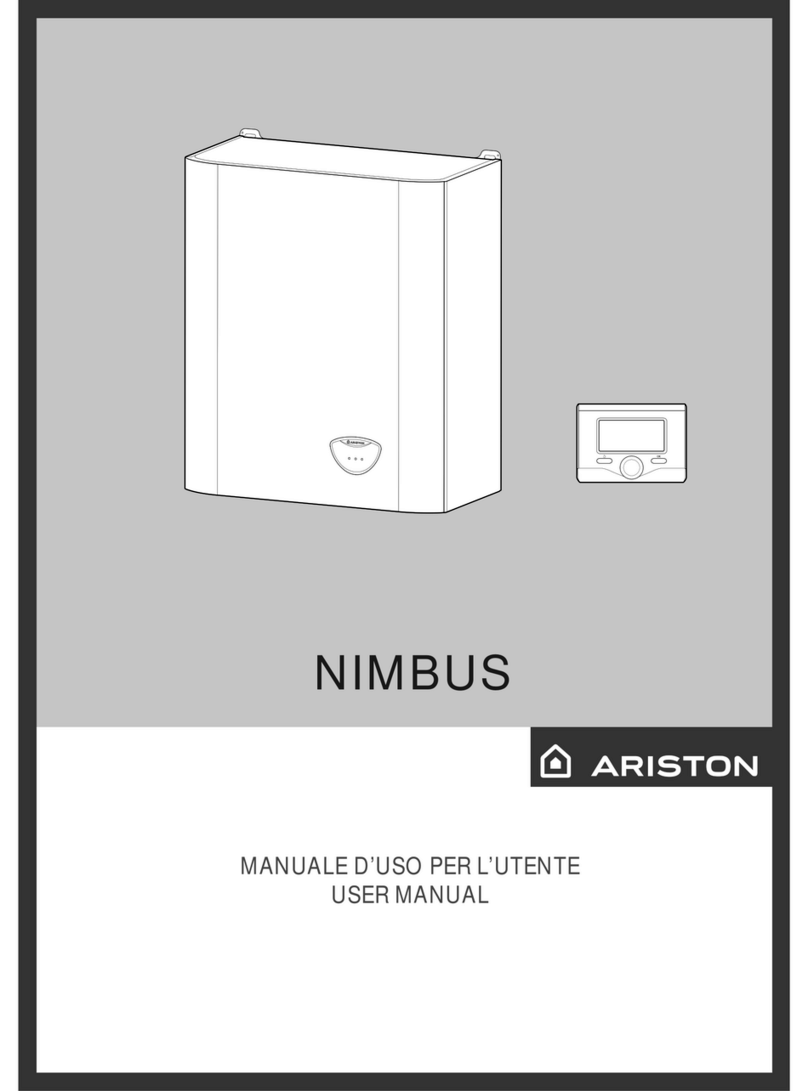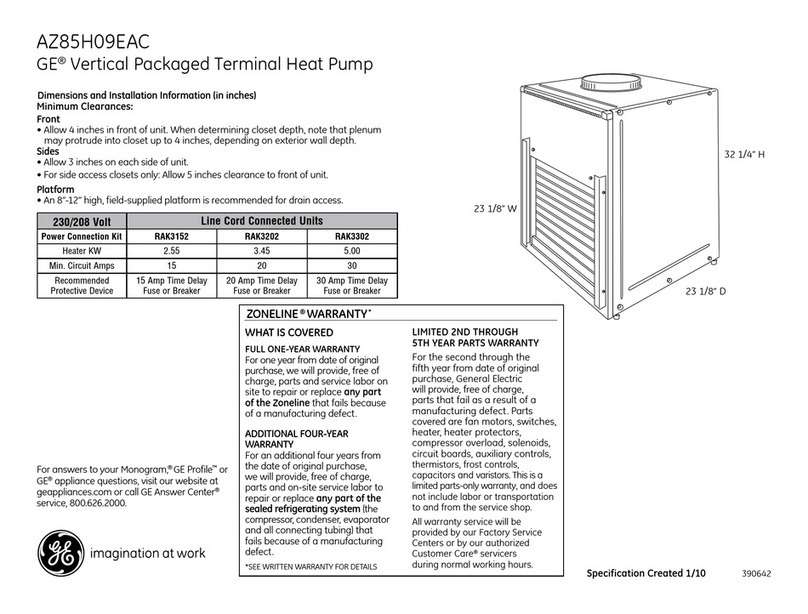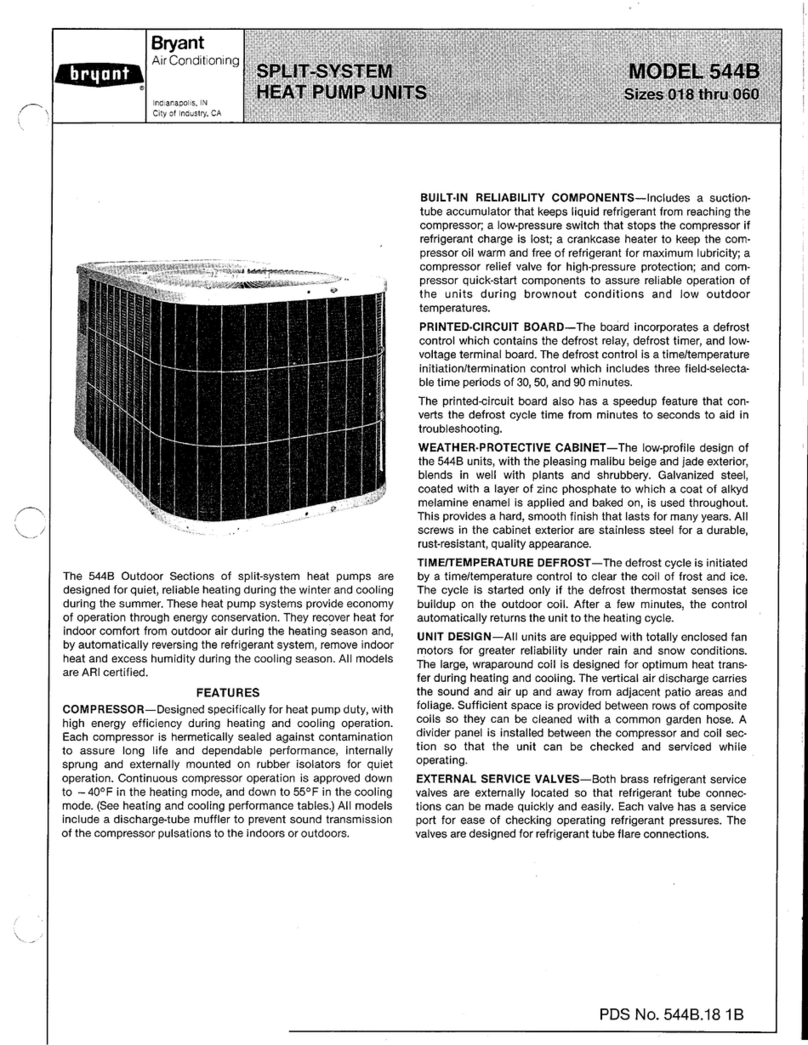
FLOWAIR sp. z o.o. / OMSAC210708EN 1
1. Introduction........................................................................................................................................................................3
Meaning of symbols ...........................................................................................................................................................3
1.1. General equipment specification...............................................................................................................................3
1.2. AURA HCS model line.................................................................................................................................................3
Use of HCS units .................................................................................................................................................................4
Basic description of the standard execution ......................................................................................................................4
Dimensions .........................................................................................................................................................................5
1.3. Used refrigerant.........................................................................................................................................................5
1.4. Legislation and security .............................................................................................................................................6
Specialized operator...........................................................................................................................................................6
Place of installation ............................................................................................................................................................7
1.5. Device identification ..................................................................................................................................................7
2. Handling and storage..........................................................................................................................................................8
2.1. Receipt of equipment ................................................................................................................................................8
2.2. Manipulation .............................................................................................................................................................8
2.3. Storage.......................................................................................................................................................................9
3. INSTALLATION AND PREPARATION FOR COMMISSIONING..............................................................................................10
3.1. Location ...................................................................................................................................................................10
3.2. Hydraulic part ..........................................................................................................................................................12
Water treatment ..............................................................................................................................................................14
3.3. Electrical part...........................................................................................................................................................15
3.4. Cooling circuit ..........................................................................................................................................................16
4. Commissioning .................................................................................................................................................................18
4.1. Pre-commissioning inspection.................................................................................................................................18
4.2. Commissioning.........................................................................................................................................................18
Commissioning protocol...................................................................................................................................................18
Operator training..............................................................................................................................................................18
5. Operation and maintenance.............................................................................................................................................19
5.1. Principles of traffic safety ........................................................................................................................................19
5.2. Operation.................................................................................................................................................................19
Operator responsibility.....................................................................................................................................................19
5.3. Troubleshooting.......................................................................................................................................................20
5.4. Maintenance............................................................................................................................................................21
Regular service inspections ..............................................................................................................................................21
5.5. Product life cycle and disposal.................................................................................................................................22
Cooling equipment life cycle ............................................................................................................................................22
Disposal ............................................................................................................................................................................22



























